
BreastScreen NSW will commence reporting breast (mammographic) density at the end of April 2025. We will use software to report density to clients and their nominated GP.
Understanding breast density
Breasts are made up of fatty tissue and fibroglandular (dense) tissue, which includes milk ducts, milk glands and supportive tissue. Breast density is the ratio of dense tissue to fatty tissue. It cannot be felt or assessed by a physical examination and isn't related to breast size or shape.
Breast density is only reported on a mammogram and is commonly referred to as mammographic density. For most women, breast density changes over time and decreases as you get older.
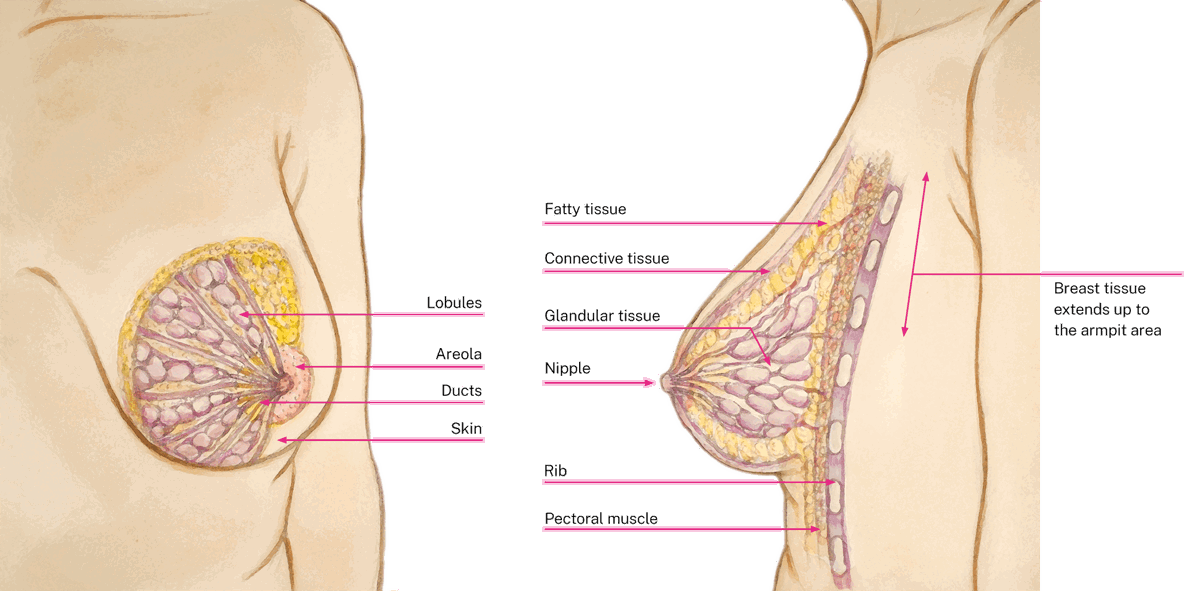
All women, including those with dense and extremely dense breasts, are recommended to have their regular breast screens (mammograms).
Why breast density matters
Breast density can mask or hide cancers because dense tissue and breast cancers both appear white on a breast screen (mammogram). This can make it more difficult to see a cancer in the breast when you have your breast screen.
Higher breast density is linked with a higher risk of developing breast cancer and the size of this risk increases with increasing density.
Your breast density report
BreastScreen NSW will use software to report breast density. Our clients and their nominated GP will be provided with a density report in their screening result letter, which will be accompanied by a breast density factsheet.
The Breast Imaging Reporting and Data System (BI-RADS) is a classification system used to describe four categories of breast density. Clients will receive one of the categories below:
 Category A
Category A
(least dense)
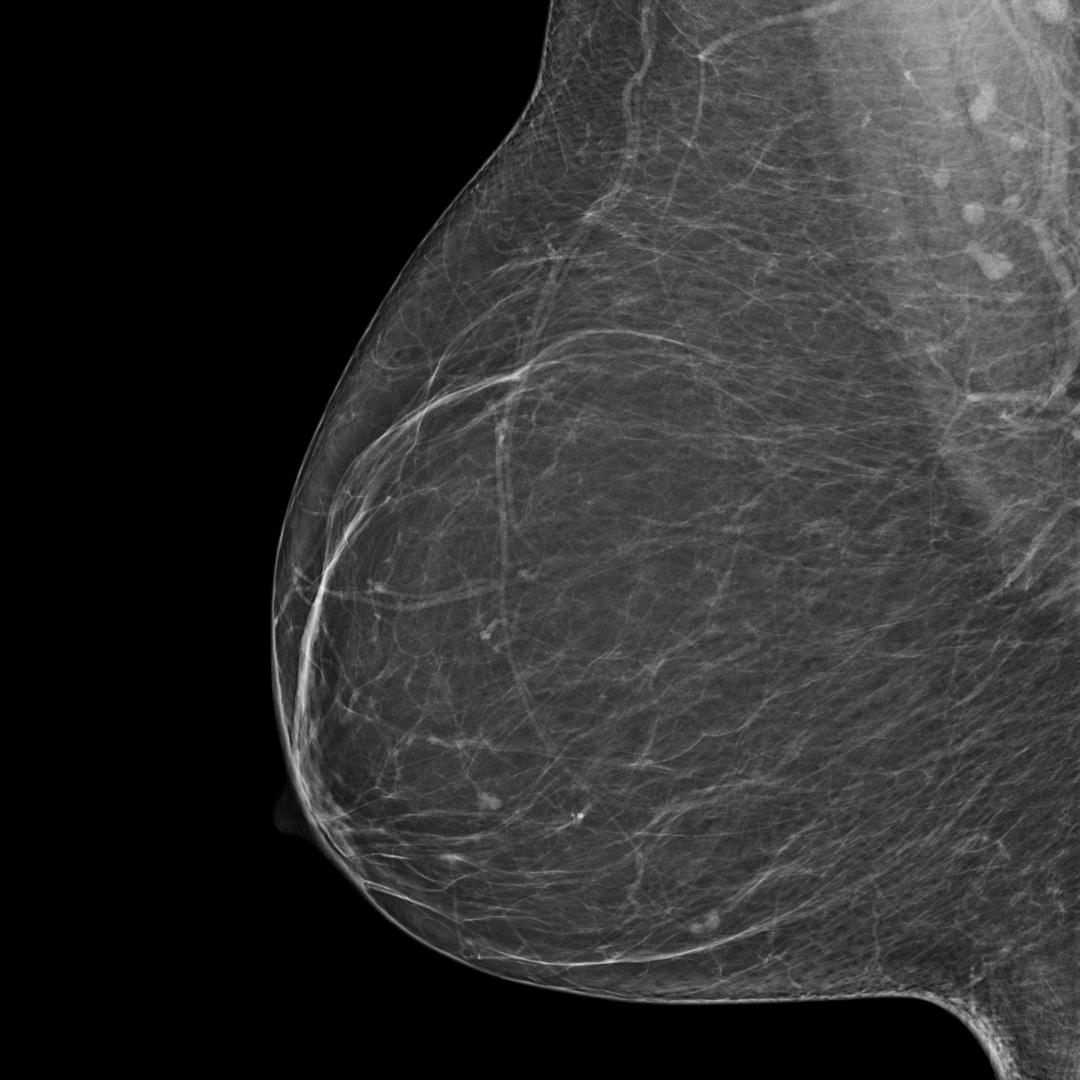
BI-RADS category A:
The breast tissue is almost entirely fatty and not dense.
 Category B
Category B
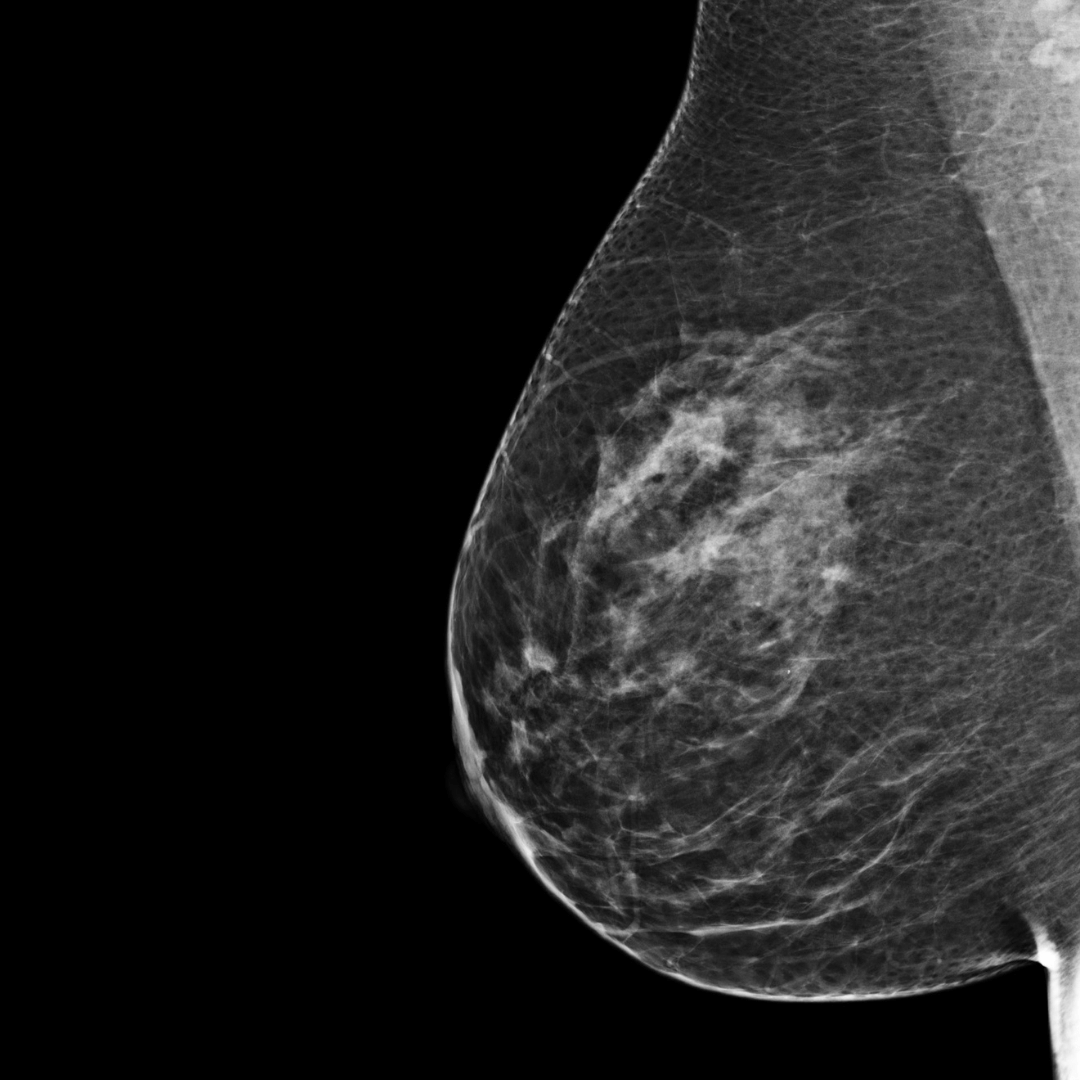
BI-RADS category B:
The breast tissue is mostly fatty tissue with some scattered areas of
fibroglandular density. The breast tissue is not dense.
 Category C
Category C
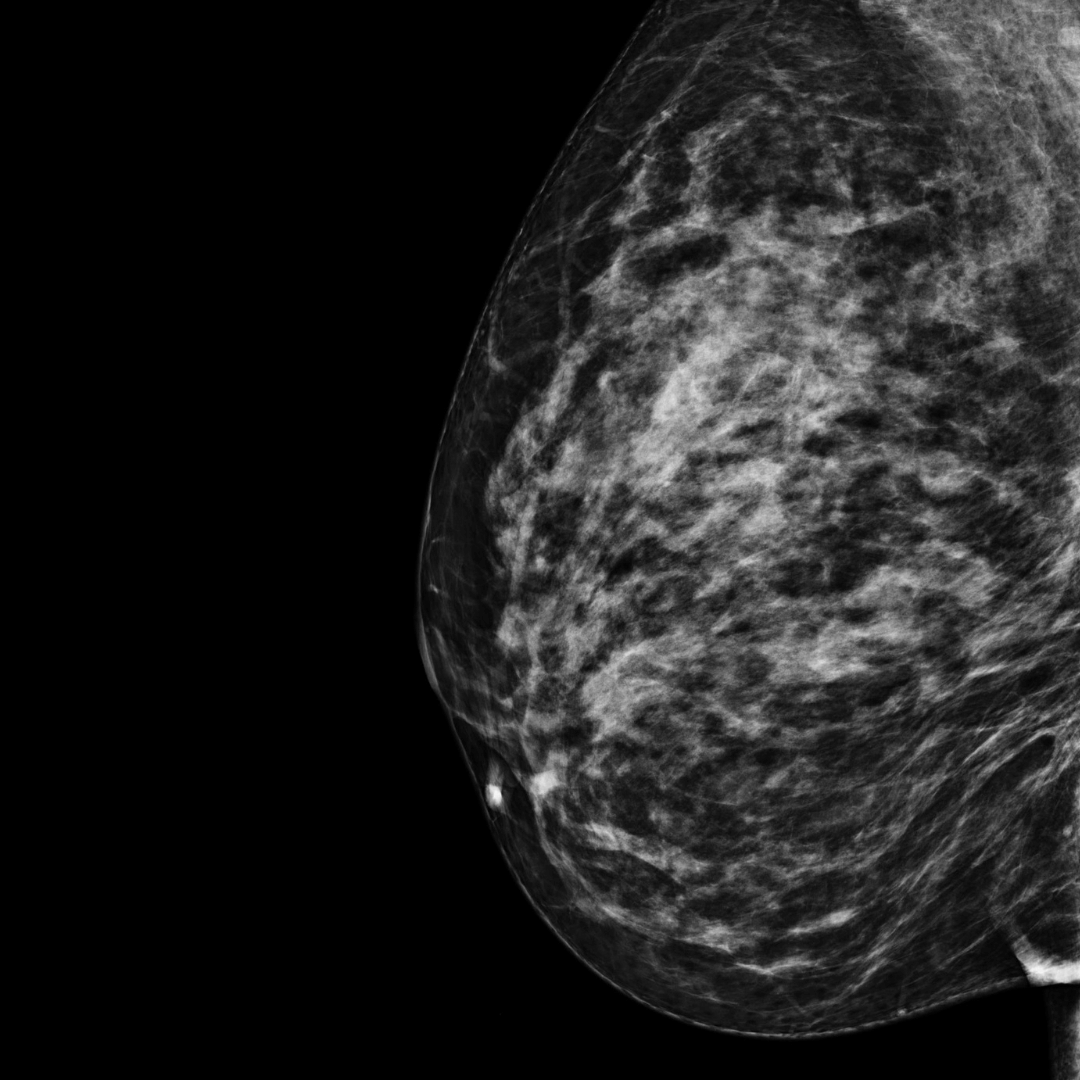
BI-RADS category C:
The breast tissue is mostly fibroglandular tissue with some areas of fatty tissue. The breast tissue is dense.
 Category D
Category D
(most dense)
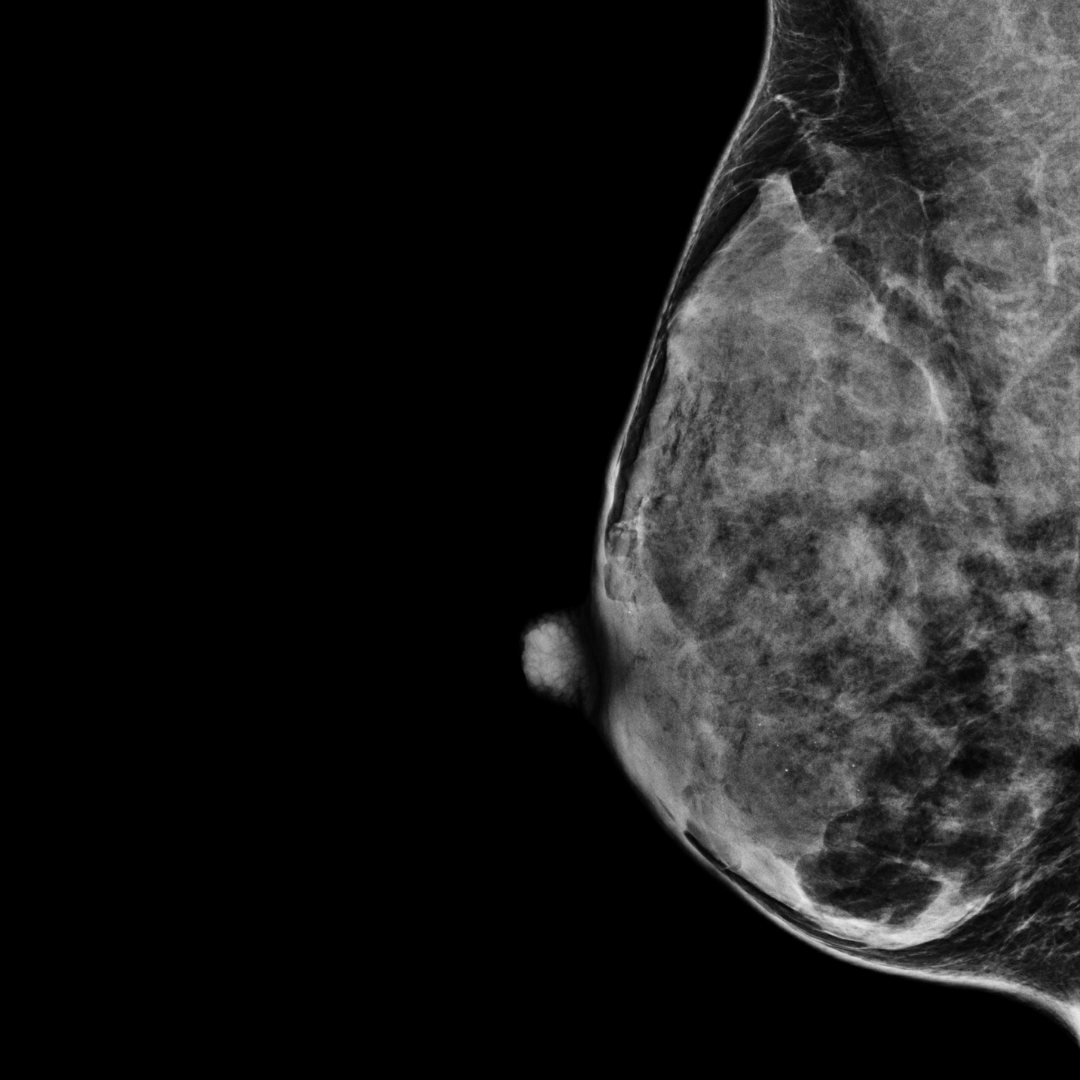
BI-RADS category D:
The breast tissue is almost all fibroglandular tissue and is extremely dense.
No breast density category determined: In a small number of cases a density category cannot be determined due to technical reasons. This does not affect the breast screen result.
Breast density of clients who have attended BreastScreen NSW
- 15% of women are Category A
- 45% of women are Category B
- 35% of women are Category C
- 5% of women are Category D
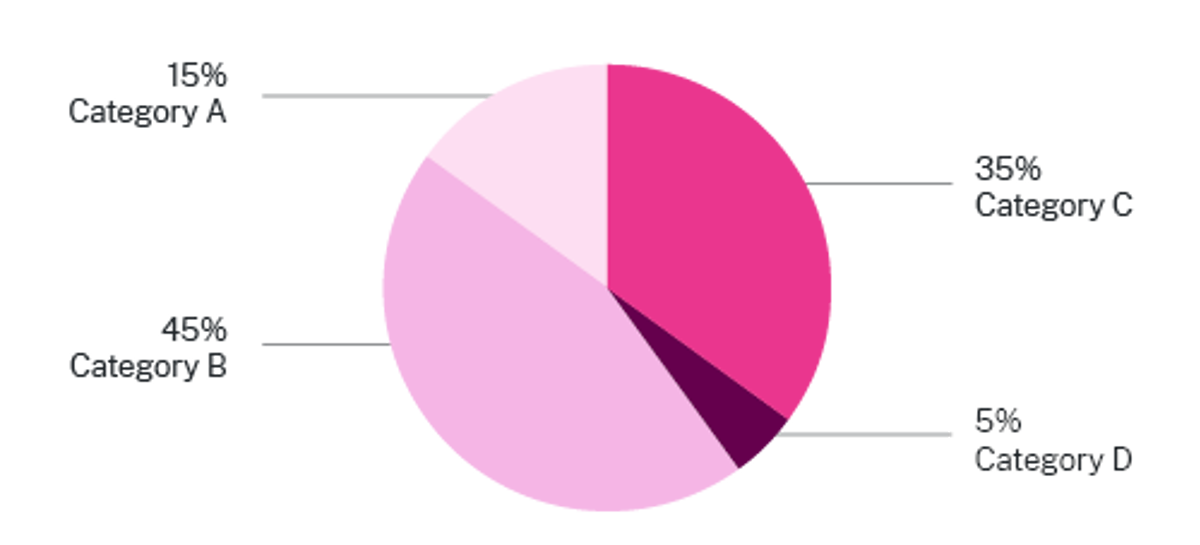
What action should I take if I have dense breasts?
We encourage women who have questions or concerns about their breast density or breast cancer risk to speak with their GP.
Have regular mammograms
|
|
Learn more about your breast cancer risks
|
|
The need for additional tests (supplemental screening)
|
Everyone’s circumstances are unique. For most women, having additional tests won’t be necessary however we recommend having a discussion with your doctor, especially if you have other risk factors. Additional tests may include:
Additional tests are not currently provided as part of the BreastScreen NSW program, require a referral from a GP and come at a cost with limited Medicare rebate. Presently, there is no agreement in Australia or internationally on the optimal pathway for those with increased breast density, in part because what is appropriate for any individual woman will depend on other risk factors, as well as personal circumstances and preferences. There is currently no clear evidence to prove additional tests are beneficial or essential for women with dense breasts. In some cases, they can lead to false positives (increase in breast biopsies with benign outcomes) and the need for more tests. |
Answers to other frequently asked questions
- My breasts feel lumpy and heavy, is this breast density?
- Can my breast density change?
- My immediate family member (mother, sister) has dense breasts, does this mean I will have dense breasts?
- Can everyone’s breast density be measured?
- I have breast implants, does this impact breast density results?
- I have a medical device in my chest, does this impact breast density results?
- Breast density if I am transgender or gender diverse?
- I screened with BreastScreen NSW prior to April 2025. Can I get my density results?



